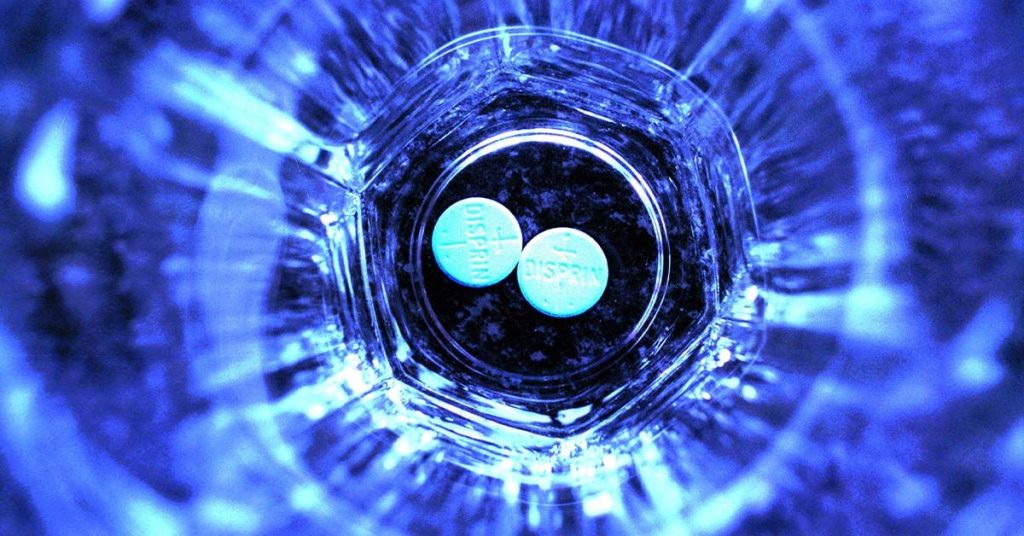A new study suggests that heart patients who undergo percutaneous coronary interventions may not need to be on two blood thinners for 12 months afterward, as previously recommended. The study found that patients who stopped taking aspirin after one month, while continuing a second blood thinner for 12 months, experienced a 55% reduction in bleeding issues without additional cardiac events. This new approach involves cutting the blood thinners in half after just one month post-procedure.
Blood thinners are prescribed post-procedure to prevent the formation of clots, but they also carry a risk of bleeding events. The mix of post-procedure antiplatelet drugs is known as dual antiplatelet therapy (DAPT) and typically contains aspirin and a stronger P2Y12 receptor inhibitor. However, the study involved using ticagrelor as the second blood thinner, which showed promising results in reducing bleeding events without increasing the risk of clot formation on the implanted hardware.
The study, published in The Lancet, looked at 3,400 patients with acute coronary syndrome who had received PCI at various centers across different countries. Participants were randomly assigned to either continue on ticagrelor and aspirin for 12 months or switch to a placebo after one month. The group that switched to ticagrelor and a placebo experienced a significant reduction in bleeding events compared to those who continued on both blood thinners for the full 12 months, with no increase in cardiac events.
Cardiologists have been weighing the risk-benefit balance of DAPT following PCI, as the prevention of ischemic events must be balanced with the risk of bleeding complications. The study’s results provide compelling evidence for the safety and effectiveness of reducing blood thinners after one month post-procedure. This shift in approach could potentially lead to changes in guidelines set forth by key advisory bodies such as the American Heart Association and the American College of Cardiology.
The lead author of the study, Cheng-Han Chen, emphasized the importance of the findings in providing a safer and equally effective alternative to the current standard practice of dual antiplatelet therapy post-PCI. While immediate changes may not occur, the study’s results could prompt future revisions to guidelines based on the compelling evidence presented in the research. The study addresses a common dilemma faced by cardiologists regarding the optimal post-PCI treatment regimen for patients with acute coronary syndromes, highlighting the need for a careful balance between reducing ischemic events and minimizing bleeding complications.


